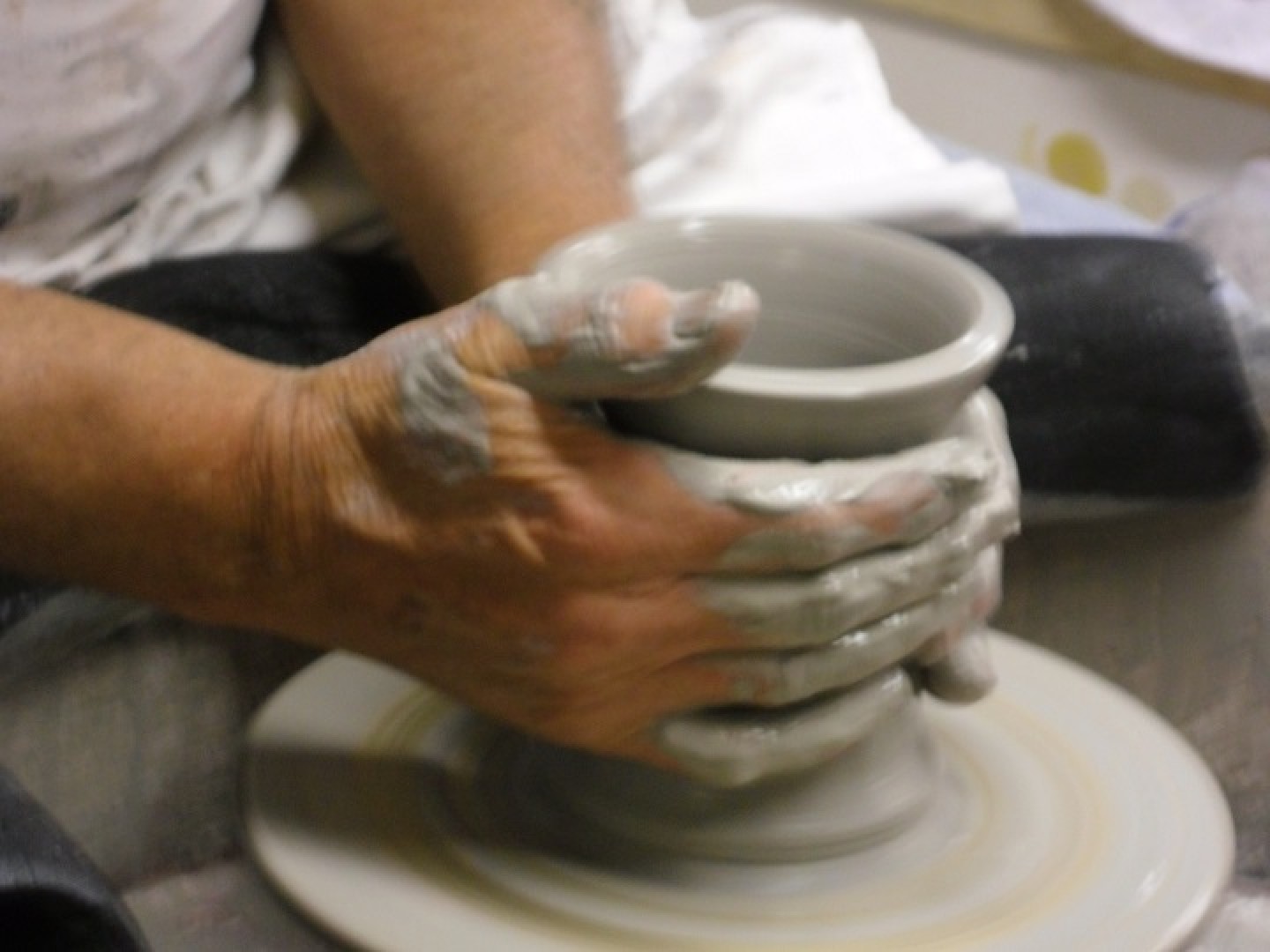Introduction
The Royal Doulton Company is a world-renowned English pottery company producing collectibles and tableware. It originated in London in 1815 and expanded its size and reputation through both acquisition and organic growth. Today its products include porcelain, collectibles, dinnerware, glassware, giftware, jewelry, linens and more.
Three key brands now comprise what is called Doulton Home; they are Royal Doulton, Royal Albert, and Minton. Doulton Home is now part of the Waterford Wedgwood group and most of the current production for these three brands is performed outside of the United Kingdom, in the Far East and Indonesia.
History
The Royal Doulton company takes its name from John Doulton. John Doulton, born in Fulham in 1793, learned his trade at the Fulham Manufacturing Company, well known as one of the first English commercial producers of stoneware, founded by master potter John Dwight in 1688. John Doulton completed his apprenticeship, earning a reputation as one of the best pot throwers in London.
John Doulton then joined forces with Lambeth Pottery owner Martha Jones and foreman John Watts to form Jones, Watts and Doulton in 1815. This factory was a tiny pottery located in Vauxhall Walk, Lambeth, a borough of London, England. The factory specialized in producing utilitarian salt glazed stoneware, similar to the Fulham factory.
Martha Jones broke ties with the company in 1820 and by 1826, now trading as Doulton & Watts, the company moved to larger premises in Lambeth Walk to cope with the rapid expansion it was experiencing.
In 1835 Henry Doulton, the second son of John, joined the firm, at the age of 15. He had a great aptitude for all aspects of pottery making and was soon making major contributions to the business.
In 1846, in response to greater health awareness and the need for glazed piping to replace the older porous brick sewers, Doulton built a pipe factory on what was to become the Albert Embankment. The demand for these products was tremendous and within three years Doulton founded factories in Dudley and St Helens to meet the need for pipes and other sanitary ware.
John Watts retired from the company in 1854. At this time, trading now as Doulton & Company, John Doulton began experimenting with a more decorative pottery line. Many glazes and decorative effects were developed including faience, impasto, silicon, carrara, marqueterie, chine, and rouge flambe.
By 1871, Henry Doulton had launched a studio at the Lambeth pottery and offered work to designers and artists from a local art school. Their names included Frank Butler, Mark Marshall, Eliza Simmance, J. McLennan, John Broad, W. Rowe, George Tinsworth and the Barlow family (Florence, Hannah, and Arthur). Henry was responsible for new technological innovations to the production of ceramics including a steam driven potters' wheel, which put the Doulton business ahead of its competitors by some ten years. Henry took full control of the company upon the death of his father, John, in 1873.
In 1882, Doulton purchased the small factory of Pinder, Bourne & Co, at Nile Street in Burslem, Staffordshire, which placed Doulton in the region known as The Potteries. Pinder, Bourne & Co. was well known at the time for their fine bone china. Doulton art director John Slater recognized the growing trend toward gleaming porcelain pieces in brilliant colors, and he saw this new acquisition as an opportunity to move aggressively into these enamel on glaze decorations.
By 1885, Doulton was producing world-class wares for an international clientele. Doulton won honors at major international exhibitions and was producing a tremendous variety of figurines, character jugs, vases and other decorative pieces in vibrant colors and using both under- and on-glaze enameling techniques. Doulton products also came to the attention of the British Royal family. Queen Victoria was so impressed with his wares that she knighted Henry Doulton in 1887 for his innovative contributions to ceramic art, and in 1901 King Edward VII bestowed upon the Burslem factory the Royal Warrant as well as allowing it to adopt its new name, Royal Doulton.
When Sir Henry died in 1897, Henry's son Henry Lewis Doulton took over control of the company. The company continued to hire talented artists including the next art director Charles Noke, Harry Tittensor, Joseph Hancock, and many others.
The company continued to add products during the first half of the 20th century while retaining its reputation as a prime manufacturer of fashionable and high-quality bone china. The 2 world wars halted production temporarily but in between the wars new pipe works were established at Erith in Kent in 1925 (when production of pipes moved from the Lambeth site), a 1935 acquired pottery near Tamworth became the site for manufacture of electrical insulators and specialist chemical resistant ware and sanitary work slowly moved to Whieldon near Stoke-on-Trent in 1937.
After World War II, production emphasis shifted to simpler designs, which could be mass produced at more affordable prices. Another renowned art director, Jo Ledger, joined the company in 1954, and continued producing older designs while at the same time exploiting the newer techniques that allowed Royal Doulton to produce high quality works at modest prices.
The Lambeth factory finally closed its doors in 1956, due largely to new clean air regulations that prevented the production of saltglaze in the urban environment. Doulton figures were made at the Burslem plants from 1890 until 1978.
On September 30, 2005, Doulton’s Nile Street factory closed after being sold to developers. The majority of Doulton pieces are today made in Indonesia, although the higher-quality items are still made in England at the home of parent company Waterford Wedgwood in Barlaston, in the countryside south of the Potteries.
© 2007 Woolvey LLC


